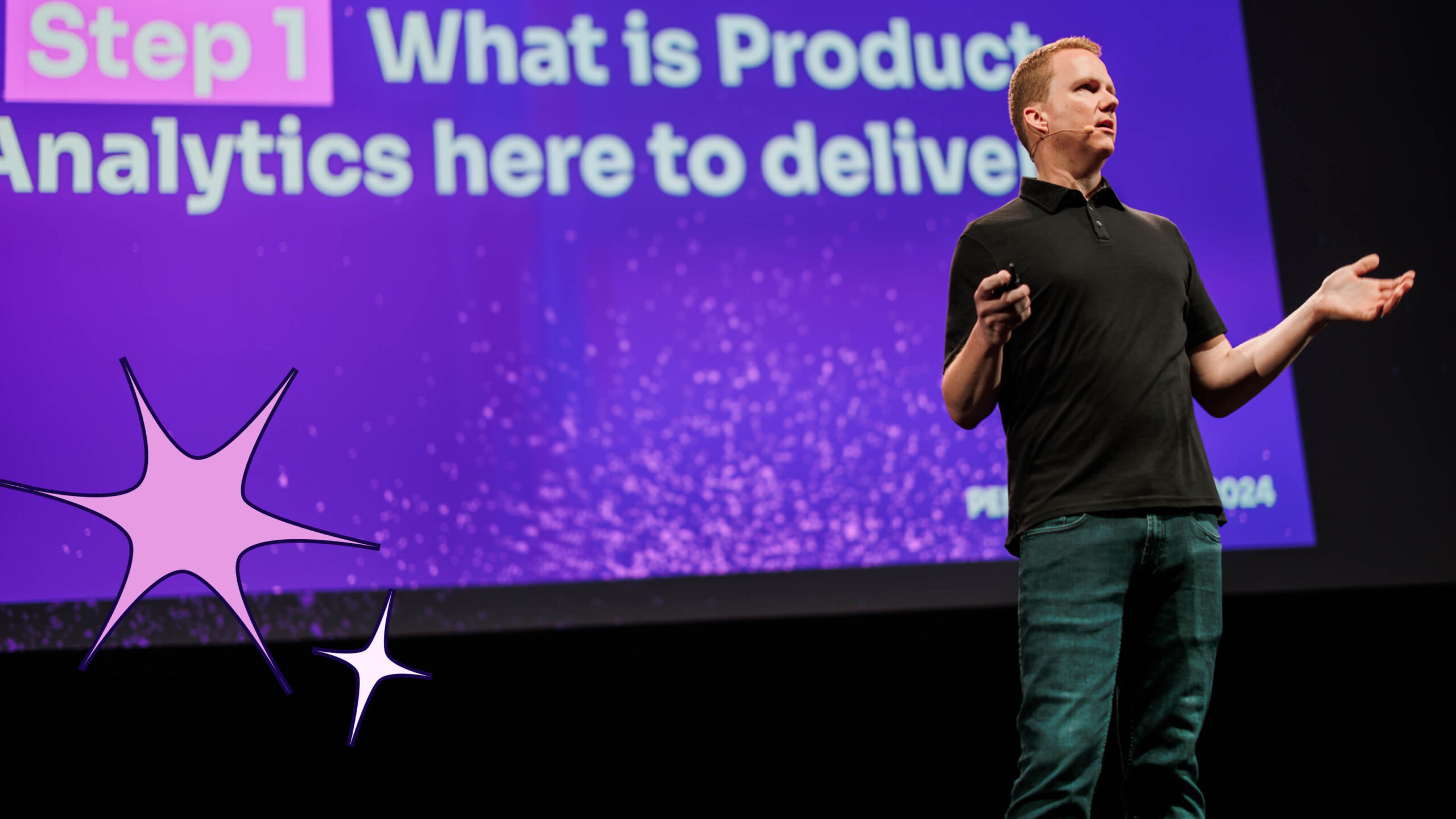People used to think of software companies as companies that made software. They’d likely picture product teams hard at work building the next big app or platform. And that was true—as far as it went. But for a long time now, the idea of what constitutes a software company has been changing and broadening in unprecedented ways.
In short, every company is now a software company, whether they recognize it or not. No matter what kind of product or service you sell, customers now explore and engage with your products and greater business through digital experiences. This fundamental insight about the business world today is one that the most forward-thinking companies are embracing in three core ways.
Understanding what customers (and prospects) actually want and need
Until not long ago, many companies would design digital products and experiences based on “gut feel” about how customers think. That is, if people were “assumed” to want a given feature or experience, product teams would build and prioritize based on that assumption. Unfortunately, that almost guaranteed that their product (and product-led growth) strategy would fail, because it wasn’t rooted in reality.
The most digital-forward companies, in contrast, leverage data, both from product analytics and customer feedback. These tools yield real insights about how customers and prospects are engaging with a business—which features and functionality matter most to them (if the product in question is a digital one), how they convert, where they may face challenges. From there, teams can design a plan grounded in empathy for the user. Data also helps companies validate the right projects and new software requests and perform countless other tasks in a way that leads to better business results.
Harnessing product and customer insights
Once they’ve arrived at real insights, digital-forward companies leverage them to inform their product and product experience roadmap. The right goals vary for every company based on what their priorities and concerns are: Which apps or features are customers using most? How effective is the path to converting free users to paid? Where are customers stumbling, and what is the best way to fix the problem?
With clear data to back them up, product and customer success teams can get answers to these kinds of questions and execute the right strategy for their business. In driving this kind of change, they’ll help customers thrive, keep budgets in check, fix what isn’t working, and make what is working even better than before.
Supporting customers in the ways that matter most
Whether it relates to onboarding, new processes, or security, companies usually provide their customers with multiple forms of support. What distinguishes digital-forward companies from everyone else, however, is that they understand that customers benefit most from support that is timely, contextual, and relevant. In other words, not every customer needs the same level or kind of support, and the best place to provide that support is within the app itself.
Organizations should be able to personalize onboarding support based on customer needs and priorities, so that help is going to the people who need it, and not creating a nuisance for those who don’t. They should also be able to view and harness customer feedback to improve that support based on what’s working and what’s not. The right product experience solution lets them do both.
Recognizing that your company—like all others—is now a software company is the first step towards transforming your product experience for the better. To learn more about how Pendo can help in this journey, take a self-guided tour here or schedule a custom demo here.

